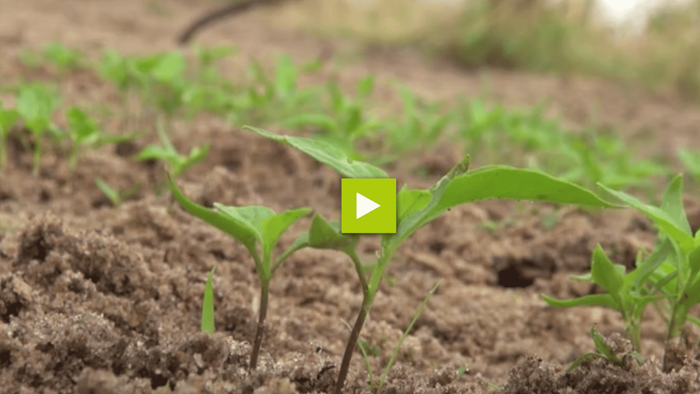Having good chilli plants starts with strong and healthy seedlings and these can be obtained by well established nursery, good field preparation and handling at transplanting.
To raise good quality chilli seedlings, the soils of the nursery should be fertilized, well watered and soft. Set up the nursery 1 metre wide, near the field for easy transplanting and plant only a few seeds per farrow.
Transplanting rules
Prepare the land in advance by removing the weeds and loosening the soil. Then add organic matter since chilli grows best in light fertile soils.
Transplant when seedlings are strong enough to stand on their own, but let them not over stay in the nursery. The spacing depends on the growth habit of the chillies, 40 by 40cm for erect varieties and 40 by 80 cm for bushy varieties.
Preferably transplant in the evening and water the nursery bed before transplanting to make it easy to remove the seedlings without damaging them.
When planing, trim seedling roots of seedlings if long, to have plants stand upright and put one seedling per hole about 5cm deep and transplant carefully.
After transplanting, willing is normal, water the seedlings to enable them establish.



















